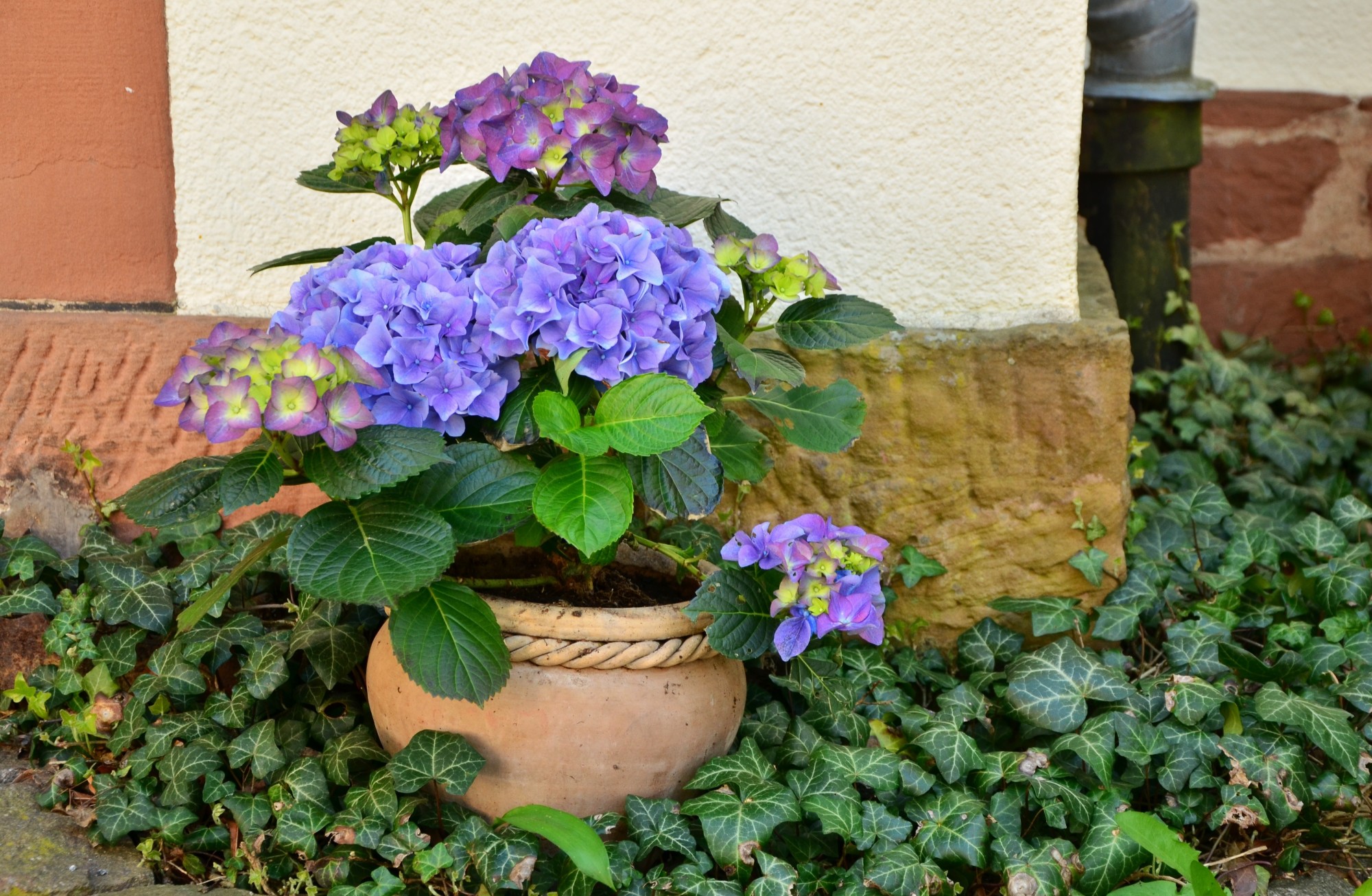Americans spent almost $48 billion on garden and lawn retail sales in 2018.
More than ever before, folks of every age are growing their own food and enhancing their landscape with natural beauty.
Those with a less green thumb or a smaller property size may simply be interested in enhancing their patios with live plants. The pops of color and life are an inexpensive way to spruce up an otherwise boring veranda.
What are the best patio plants for your landscape? The finest options explode with lush, green leaves and eye-catching chromaticity. Let’s take a look.
1. Geraniums
For the best-looking backyard, you will need to take optimal care of both your plants and lawn. Learn more here.
Geraniums come in a variety of fabulous colors, from traditional red and pink to exotic purple and orange.
When choosing your geraniums, be sure that both the flowers and leaves have a healthy color. There should be no discoloration between the stems. Beware of any obvious signs of pests.
Geraniums should be placed in drainage pots to avoid root rot. Use a soilless potting mixture rather than dirt.
Be sure to water your geraniums thoroughly, and expose them to four to six hours of sunlight daily. Allow the plants to dry between waterings, and don’t fertilize them in winter.
You should, however, fertilize them every two weeks during active months. Use a water-soluble fertilizer at half-strength.
2. Heliotropes
Heliotropes are known for their royal violet blossom colors and their vanilla scent. They will bloom on your patio from summer until fall in colors like white, blue, or lavender. Heliotropes will grow to about waist-high and cover your patio in lush, green foliage.
Heliotrope seedings can get purchased at garden centers in the spring. They should be planted in well-drained, fertile soil that has exposure to at least partial sunlight. Containers should get placed at least one foot apart on your terrace.
3. Pentas
Pentas are sunny, star-shaped flowers that will wash your patio in a bouquet of red, pink, and white.
They should get fertilized monthly during the growing season. Pentas can get watered when their top two to four inches of soil begin to dry out. Trim away damaged stems before spring begins.
Pentas can be annuals or perennials. If your plant is year-round, you can keep it indoors by a sunny window during the winter months.
4. Lemon Tree
Lemon trees do more than just fill your patio with sunshiny color. They will jazz up your summer recipes and bathe your veranda in a sweet scent.
Once your lemon tree has reached two to three years old, it will begin producing between ten and thirty lemons each year.
Pot your lemon tree in well-draining, composted soil. Water it every ten to fourteen days. And fertilize the surface so the roots of the tree are not affected.
If you live in a colder climate, bring your lemon tree indoors during the winter. Be sure not to keep it too close to a heat source.
5. Cordyline
Cordylines are tropical, leafy plants that look great alongside more colorful flowers. They come in red or green.
Cordylines need evenly moist soil and full to partial sunlight. They should get fertilized and trimmed every other month.
If the tips of your cordyline’s leaves begin to wither, it may be due to fluoride in your water. Begin watering them with bottled water and your problem should go away.
6. Sweet Bay Leaf Tree
Bay leaves add precious flavor to soups and stews. They can also make your patio look and smell delicious.
Bay leaf trees are slow-growing. They can get pruned and sheered into a variety of shapes. Make sure your pot is broad enough to keep the tree from toppling over.
Plant your tree early in the spring and use lots of compost. The right pot will keep it from getting too big for your veranda.
Bay leaf trees produce small yellow flowers that develop into berries in the fall. If you have cold winters, keep your plant indoors near a sunny window during winter months. If your climate has hot, dry summers, be sure to keep it near some shade.
7. Begonias
Begonias are hardy plants that are resistant to drought. They pop when potted in a rainbow of colors like pink, yellow, orange, or white.
Begonias need to get watered once their top inch dries out. They should also be given balanced liquid fertilizer at least once a month.
8. Hibiscus
Hibiscus plants are a favorite of patios worldwide. They produce jumbo flowers in pink, peach, orange, or purple.
Give your hibiscus plant plenty of water and sunlight to keep it blossoming from spring to fall. Grow it in lightweight soil. Hibiscus plants prefer loam and peat moss.
Make sure your container drains well. Hibiscus soil should be moist but never soggy. The plants should get warm water and several hours of direct sunlight each day.
9. Bird’s Nest Fern
Bird’s nest fern trees are lush, green plants that need a little extra TLC to reach their full potential. Leaves need lots of light and moisture to emerge from their “nest.”
Bird’s nest fern trees look great when paired with colorful, tropical plants. They should get fertilized at least once a week with liquid fertilizer.
If you live in a colder climate, your fern tree will grow great in a bathroom or greenhouse during the winter.
The Best Patio Plants
The best patio plants will fill your porch with color, greenery, and excitement. Choosing any from the list above will give your patio more life. For more outdoor design ideas, keep browsing the rest of our site today.

Leave a Reply